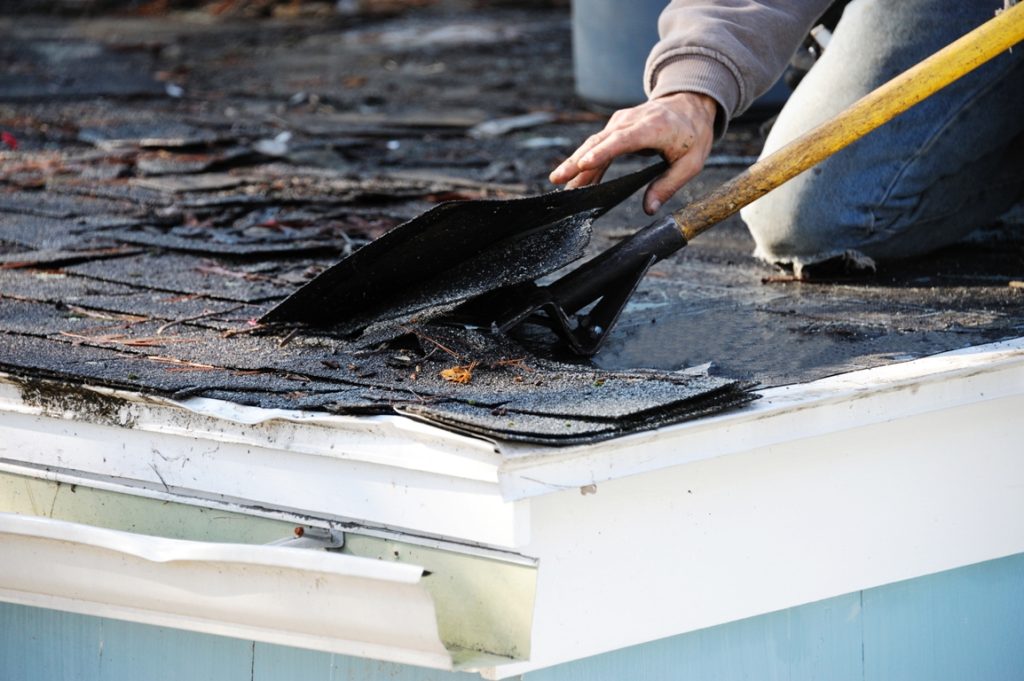
Repairing flat roof leaks promptly is crucial for homeowners. A leaky flat roof can lead to significant water damage, mold growth, and structural issues if not addressed quickly and correctly. This comprehensive guide will explore various techniques and strategies for effectively identifying and repairing flat roof leaks. We’ll cover everything from initial diagnosis to final repairs, while emphasizing safety and cost-effectiveness. This article will be structured to guide you through the process, from the initial assessment to the final touch-ups. We’ll discuss common causes, diagnostic methods, and practical repair techniques for different types of flat roof leaks.
Identifying the Source of the Problem
Initial Assessment and Visual Inspection
Diagnosing the source of a flat roof leak often begins with a thorough visual inspection. Carefully examine the roof’s surface, looking for any obvious signs of damage, such as cracks, missing or damaged flashing, or areas where water is pooling. Inspect all areas around the perimeter of the roof, including valleys, seams, and edges. This includes checking for proper flashing installation and ensuring that all penetrations, like chimneys or vents, are sealed adequately. A detailed visual inspection is often enough to point you to the precise source of the problem.
Using Specialized Tools and Techniques
Employing specialized tools for a more thorough inspection can help pinpoint the exact location of the leak. A moisture meter can help to identify damp spots under the roofing surface, while a borescope or thermal imaging camera can provide detailed images of the inside of the roof. In some situations, a professional assessment might be needed to utilize advanced diagnostic tools like these, for example, when the leak is hard to see or there’s hidden damage.
Considering Environmental Factors
Environmental conditions can also play a role in roof leaks. Heavy rainfall, strong winds, and temperature fluctuations can cause stress on the roofing material. Identify whether the leak patterns correspond to particular weather events. This can help you pinpoint the source of the problem.
Common Causes of Flat Roof Leaks
Worn-Out or Damaged Roofing Membranes
Over time, flat roof membranes can degrade due to exposure to UV rays, environmental stress, or physical damage. Tears, punctures, or cracks in the membrane can lead to water infiltration. Regular inspections and prompt repairs are essential to avoid large-scale problems and costlier solutions later down the line.
Issues with Flashing and Sealants
Improper installation or damage to flashing and sealants around penetrations (chimneys, vents, pipes) and at roof edges can create entry points for water. Ensure that all penetrations are properly sealed and flashed to prevent water from seeping through.
Poor Roof Drainage Systems
Effective drainage systems are crucial for flat roofs to prevent water buildup. Clogged or damaged gutters and downspouts can cause water to pool on the roof. Ensure that gutters and downspouts are correctly installed and functioning correctly. A well-maintained drainage system is key to preventing a build-up of water on your roof.
Repairing Flat Roof Leaks
Choosing the Right Repair Materials
For small tears or cracks, patching with a suitable roof repair membrane can be sufficient. Ensure that the patch is compatible with your existing roofing material and is properly adhered. For larger areas of damage, consider a full roof replacement. Use appropriate sealants and flashing to ensure a secure and lasting repair.
Applying Waterproofing Solutions
Applying waterproofing solutions can help protect flat roofs from further damage. Look for options that are compatible with your flat roof membrane to ensure long-term protection. Some solutions might require professional application and specialized equipment.
Inspecting and Replacing Flashing
Inspect the flashing and sealant around all penetrations. If any flashing or sealant is damaged or missing, replace it with appropriate materials to create a watertight seal. Professional assessment is always advised for complex or large-scale flashing replacement.
Preventative Measures
Regular Maintenance
Regular inspections of your flat roof are critical. Look for any signs of damage or deterioration and address them promptly. Regular maintenance will help avoid major problems down the line. Establish a schedule for periodic inspections and repairs, especially after heavy storms.
Using Protective Coatings
Applying protective coatings can extend the lifespan of your flat roof and prevent the degradation of materials. Choose coatings appropriate for your roofing material and consult with a professional to determine the most effective strategy.
Addressing Drainage Issues
Ensure proper drainage is maintained to prevent water from pooling on your flat roof. Clean and clear gutters and downspouts, and check for any structural damage which may be affecting proper drainage. Proper drainage is a crucial component of overall roof health.
Cost Considerations
Assessing Repair Costs
The cost of repairing a flat roof leak can vary depending on the extent of the damage, the materials used, and the complexity of the repair. Consider getting estimates from multiple contractors to compare pricing. Consider the long-term costs of a repair vs. a replacement if the damage is substantial.
Importance of Professional Assessment
For complex or extensive flat roof leaks, seeking professional assessments is highly recommended. Professional contractors will have the expertise to assess the damage properly and develop a plan to restore the roof in the most efficient and effective manner.
Budget Allocation
Develop a budget for flat roof repairs. Determine how much you are willing to spend to fix the leak, and whether this is feasible, if not, what are other options. Always keep in mind that a proactive approach to repair is less costly than major damage or a full roof replacement.
In conclusion, effectively repairing flat roof leaks requires a systematic approach, beginning with accurate diagnosis and progressing to the appropriate repair method. Understanding the root cause, employing the right materials, and adhering to safety precautions are paramount. By following these steps, homeowners can prevent further damage, maintain the structural integrity of their homes, and ensure long-term roof health. For more in-depth guidance, contact a professional flat roof repair specialist today for a comprehensive inspection and tailored solution. They can also provide advice about preventative measures and maintenance to avoid future leaks.